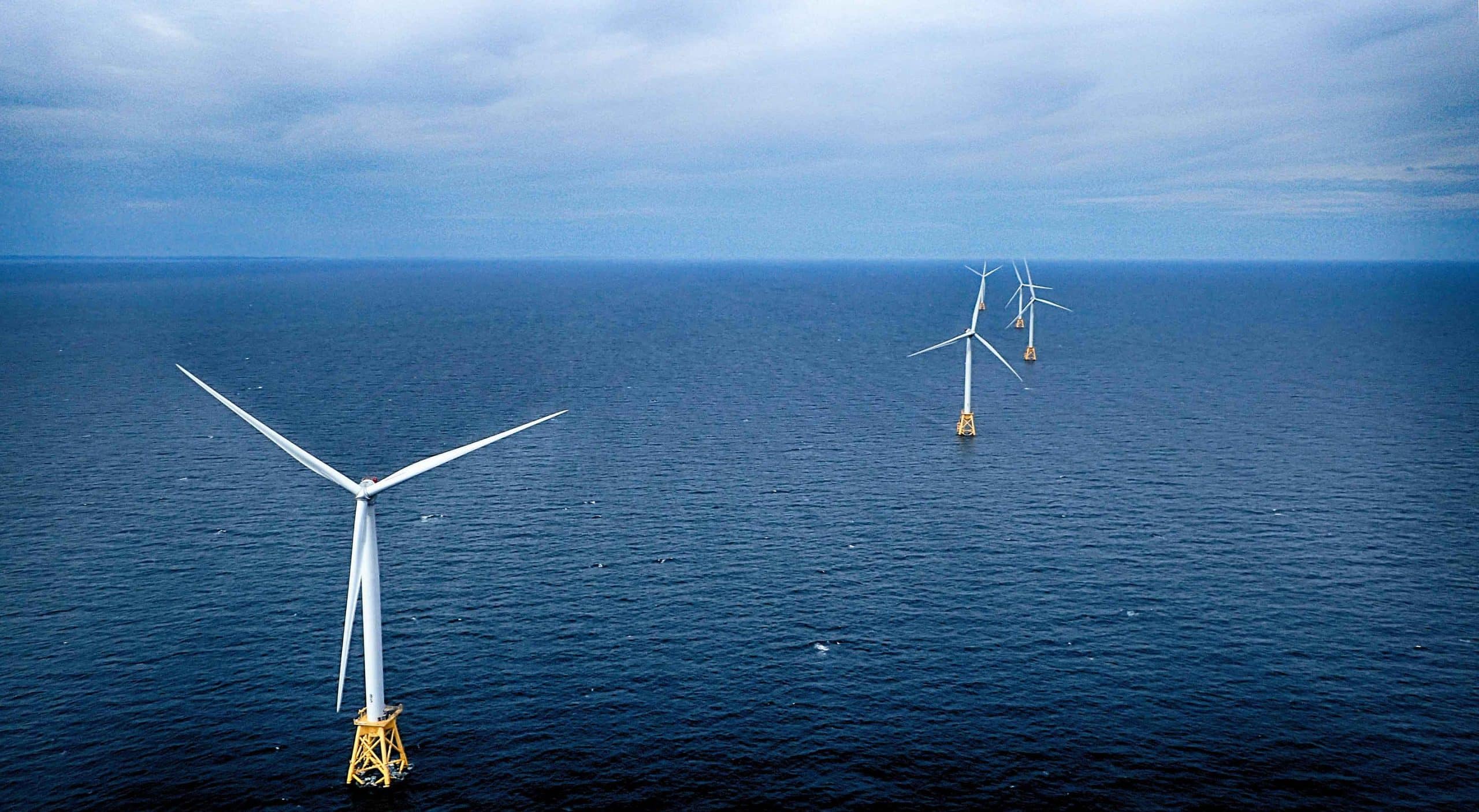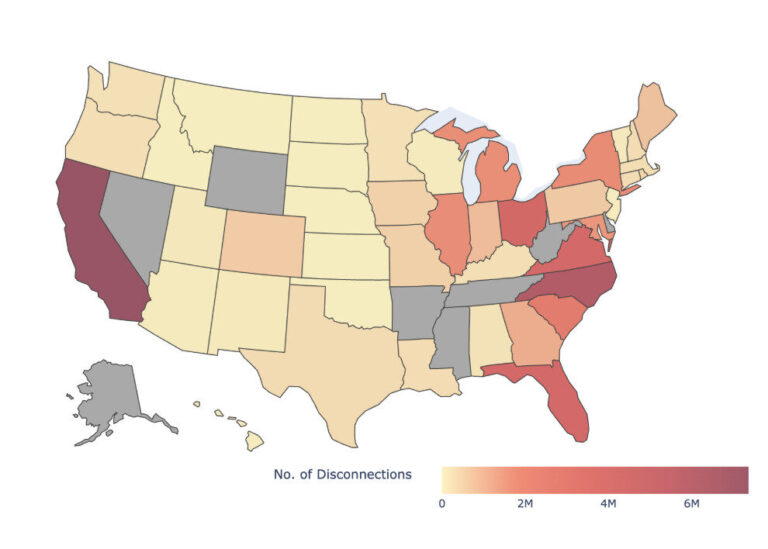Duke Energy “Carbon Plan” proceeding in North Carolina highlights the utility’s preference for monopolization over customer savings

Duke Energy’s “Carbon Plan” proceeding at the North Carolina Utilities Commission (NCUC) is under fire from clean energy advocates who say Duke is betting big on new gas-fired power plants, small modular nuclear reactors (SMRs), and self-owned offshore wind to further entrench its monopoly rather than deliver affordable, clean energy to customers. The Carbon Plan proceeding was triggered when the North Carolina legislature passed House Bill 951 in 2021, mandating investor-owned utilities reduce carbon dioxide emissions 70% compared to 2005 levels by 2030 and be carbon-free by 2050. But as the proceeding progressed this year, Duke found itself an unlikely ally: the consumer advocate in North Carolina, known as the Public Staff.
The Public Staff has argued that near-term investments in unproven technologies like SMRs should be prioritized over already cost-effective clean energy solutions like solar and battery storage. The Public Staff has also called for delaying compliance with HB 951 until 2032 despite the law’s interim deadline of 2030, and argued for even less renewable energy than Duke has, a possible attempt to provide cover for the utility’s plans.
Clean energy groups made a last-minute attempt to submit to the record a consequential National Renewable Energy Laboratory (NREL) study that called for tripling the amount of solar and onshore wind proposed by Duke. But NCUC Chair Charlotte Mitchell rejected the attempt. The denial occurred despite Duke’s willingness to allow the report onto the record, however, Chris Carmody of the Carolinas Clean Energy Business Association told the Charlotte Business Journal that Duke Energy knew about the report and “sat on it.”
After the NCUC declined to allow NREL’s report into the record or take judicial notice, a public commenter, Stephen Jurovics, noted that he had already apprised the Commission of the summary version of the report, calling into question whether the NCUC is considering public comments as part of its review of the case record. Jurovics further said, “An initial review of that [NREL’s] plan suggests that it complies with North Carolina law (HB 951) more closely than the four plans submitted by Duke Energy.”
Public Staff was silent on the issue.
Duke Energy slow playing clean energy, Public Staff provides cover
Clean energy advocates and large customers, such as Walmart, criticized Duke’s Carbon Plan filings for forcing the construction of approximately 2 gigawatts of new methane gas generation, despite the clear carbon reduction mandate of HB 951 and skyrocketing gas prices. Just a few months ago, Duke requested to increase North Carolinians’ bills by almost $337 million due to rising and volatile gas prices. And while methane gas produces half as much carbon dioxide when burned as coal, the fossil fuel remains one of the biggest drivers of climate change because leaks occur throughout gas extraction, transmission, and distribution systems. Methane has a shorter atmospheric lifespan than carbon dioxide but its global warming potential is 84 to 87 times greater over a 20-year period.
Public Staff previously told the NCUC that Duke’s forced construction of new gas-fired power plants “wasn’t necessary” and that Duke was tilting “the economic analysis” away from battery storage or solar plus storage. Public Staff further claimed that it didn’t believe Duke was appropriately modeling solar plus storage and that the utility was unreasonably limiting standalone storage and solar plus storage. Duke’s plans limited solar to 750 megawatts in 2026, 1,050 megawatts in 2027, and 1,350 megawatts per year from 2028 onward.
Two external studies, one by Synapse Energy Economics and another by Brattle, found Duke customers could save at least $700 million, and nearly $1 billion annually, by removing the utility’s artificial limits on clean energy.
Nevertheless, Public Staff ultimately endorsed Duke Energy’s plans for the new gas-fired power plants and SMRs while ignoring many of its own concerns with the utility’s treatment of clean energy.
Another blow to consumers came when Public Staff testified against Duke’s proposal to expand access to low-income energy efficiency programs despite the high energy burden shouldered by many North Carolinians. Specifically, Charlotte has one of the highest energy burdens in the Southeast, according to the American Council for an Energy-Efficient Economy.
Edward Burgess, a consultant representing the North Carolina Attorney General, told the NCUC that it should be skeptical of the “supplemental portfolios” submitted by Duke after the Commission requested them because none comply with HB 951’s carbon reduction mandate and all heavily restrict clean energy development.
The Public Staff recommended the NCUC adopt “Supplemental Portfolio #5” (SP5), which delays carbon reduction compliance to 2032 and accelerates the entry date for SMRs to mid-2032, the earliest of any of the portfolios submitted by Duke. The recommendation also detailed how Public Staff relied on Duke’s proprietary SMR cost forecast, which was substantially lower than publicly available information.
Under SP5, the earlier date for an SMR pushes back near- and medium-term clean energy development like solar, battery storage, and offshore wind. Public Staff claimed it was less risky to build an SMR in 2032 than to increase cost-effective clean energy deployment over the near term. However, no other portfolio modeled by any other intervenor selected SMRs to meet the 70% carbon reduction by 2030 mandate. While NREL’s study did not consider SMRs in its modeling, it does maintain that SMRs or other firm zero-carbon capacity will be necessary to achieve the last 5% to 10% of needed carbon reductions on the way to achieving 100% carbon reduction by 2050.
Public Staff’s recommendation of SP5 did not just accelerate the timeline for SMRs, it also pushed back offshore wind development until the 2040s. Only a single SMR design has been approved by the Nuclear Regulatory Commission, for which the first-of-a-kind pilot plant is not currently forecasted to come online until the late 2020s, with highly uncertain costs and substantial risk of delay. Offshore wind, however, enjoys more than 50 GW of installed capacity globally and with 40 GW under active development in the US. SP5 is in direct contradiction to North Carolina Governor Roy Cooper’s goal to have 2.8 gigawatts (GW) of offshore wind off the coast by 2030 and 8 GW by 2040.
The Commission has until December 31, 2022, to develop a Carbon Plan that complies with HB 951, taking all “reasonable steps” to achieve 70% reduction in CO2 emissions from electric generating facilities by 2030 and carbon neutrality by the year 2050.
Additionally, the Commission is currently presiding over Duke’s request to increase its retail electric base rates and charges.The average residential customer could see rates rise nearly $26 a month if Duke’s request is approved.
Header image source: Wikipedia



